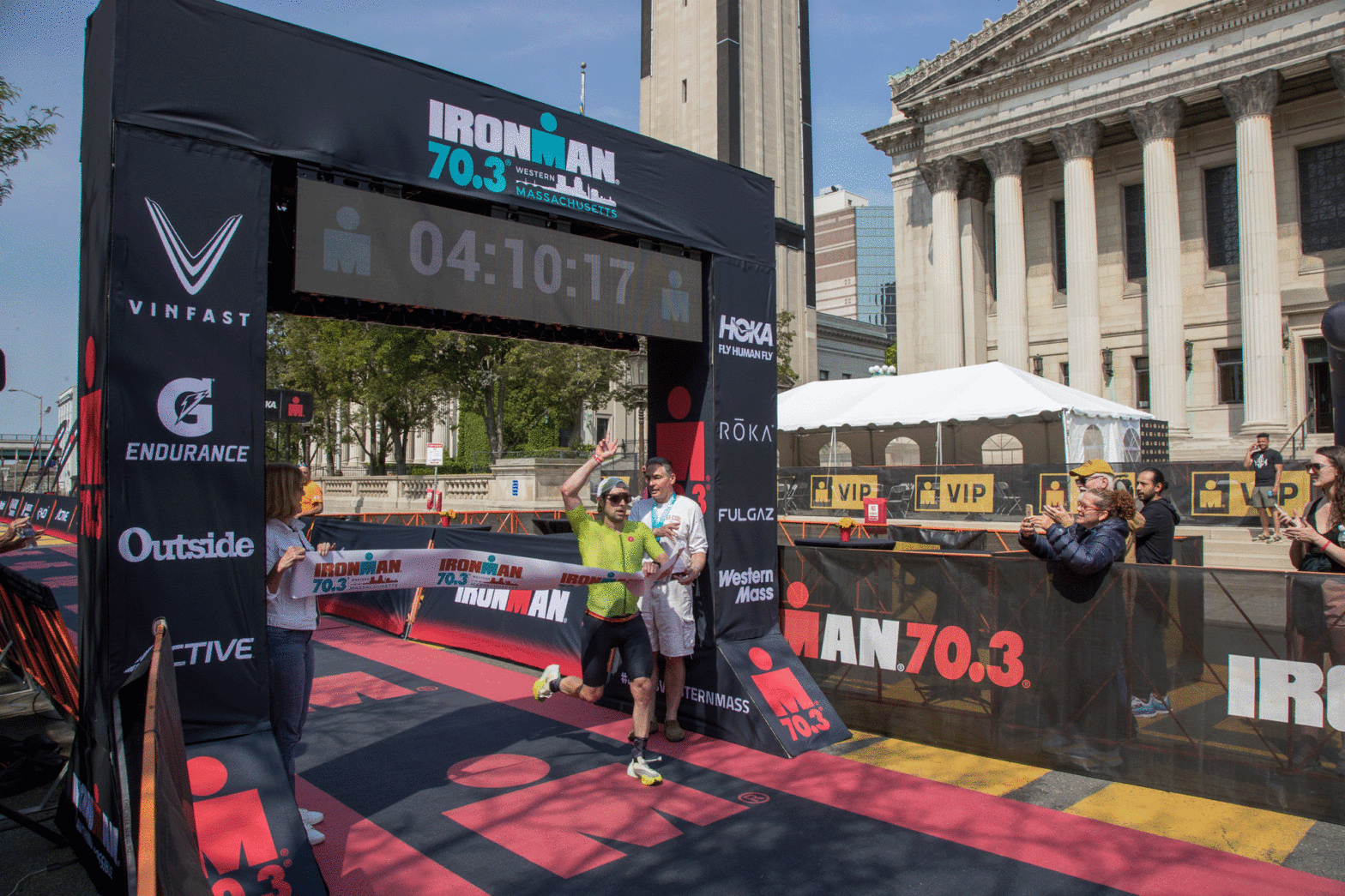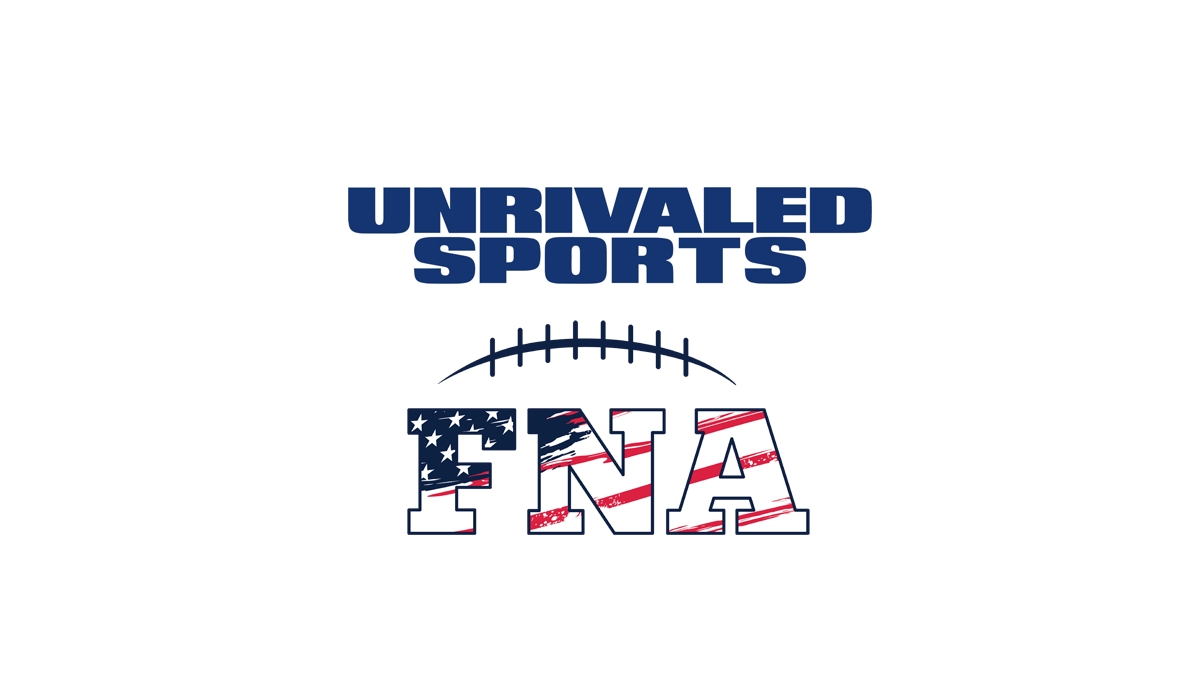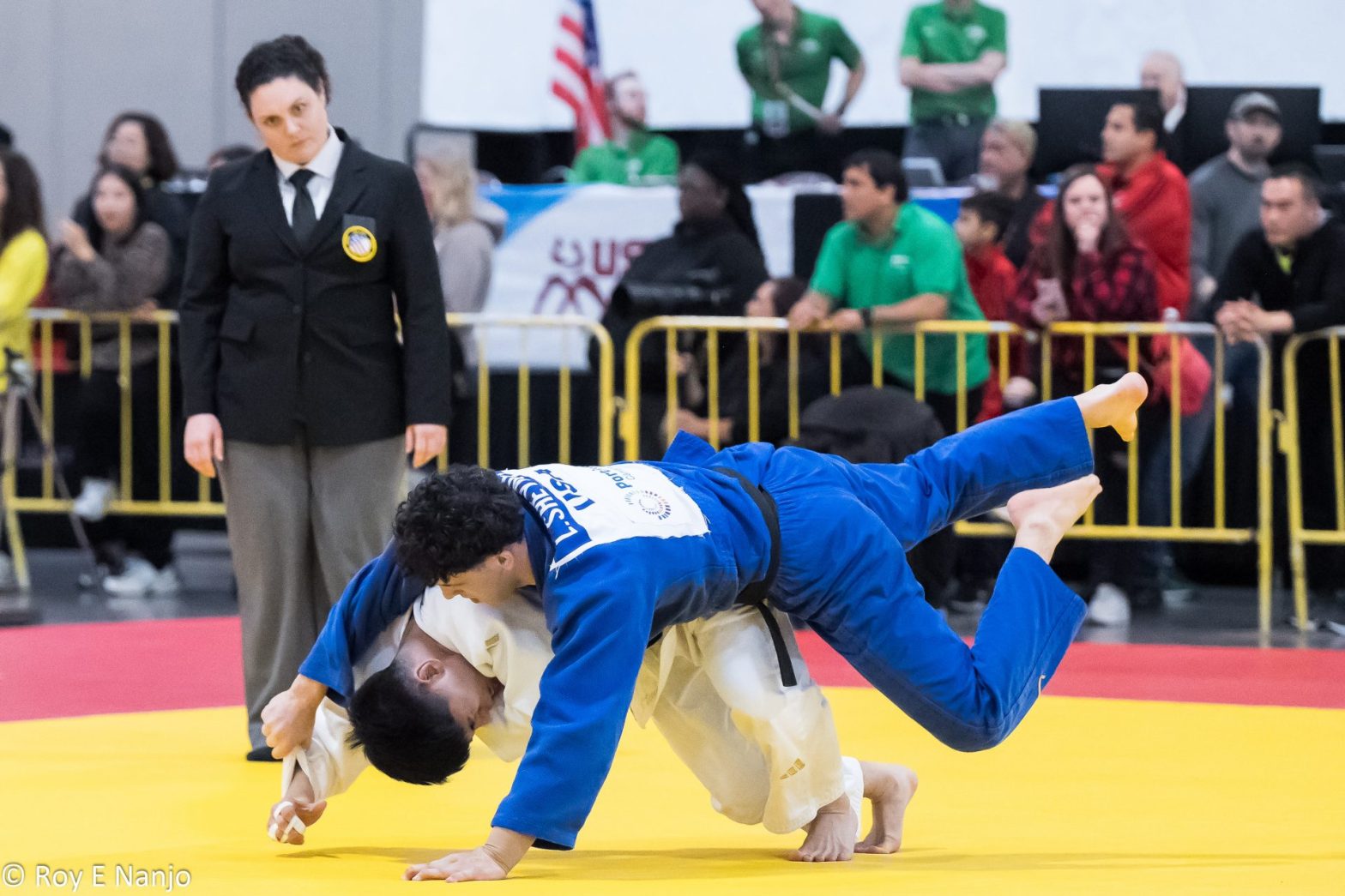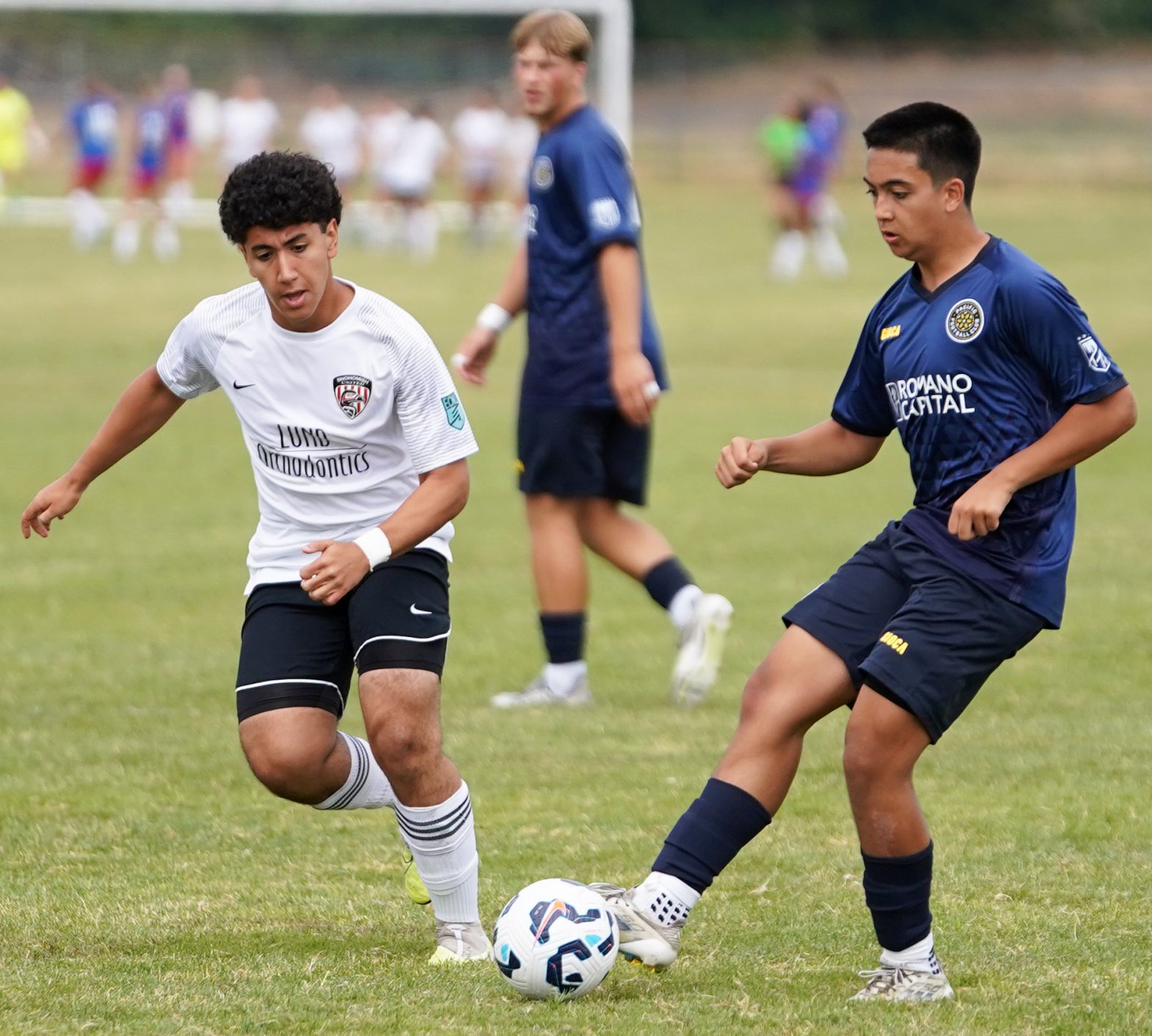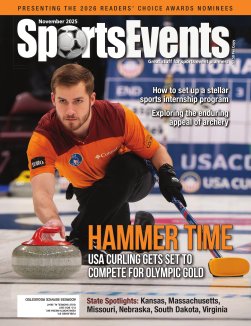
I was taken by surprise recently when upon placing tennis rackets and balls in my car, a neighbor walking by and remarked: “Does anyone still play tennis anymore?”
As a long-time tennis player and coach, I did not know what he was referring to and asked what he meant. It turns out this middle-aged gentleman previously played tennis, and now his friends and him have all switched to pickleball.
I am fully aware that pickleball’s popularity has increased exponentially, but I was surprised that he was replacing one sport for the other. After all, tennis has been with us for many generations and has a fervent worldwide following. Despite this, pickleball’s dramatic rise in popularity has stunned many in the sports and business world.
To grasp fully how much the sport of pickleball has grown, all one must do is visit just about any public tennis facility. There, you will likely see either new pickleball courts or tennis courts with lines and nets set up for pickleball use. And it is not a surprise anymore to see these courts more occupied than their tennis counterparts.
The rise in pickleball has also drawn notice from celebrities in other sports. Lebron James, Tom Brady, and Kevin Durant are just of few who have ownership interests in professional pickleball clubs.
Origins and spread
What is the story of pickleball, and where did this sport originate? It was founded in 1965 at Bainbridge Island, Wash., by three men—Joel Pritchard, a future congressman, and his friends, Barney McCallum, and Bill Bell—who were looking to improvise on a makeshift court for tennis. The sport caught on, and by 1990, pickleball was played in all 50 states. In 2022, The Sports Fitness Association named pickleball the fastest-growing sport in the United States for the second consecutive year.
There are now around 36.5 million players, at 11,000 locations across the U.S., according to a 2023 report from American Pickleball Professionals (APP). While it is played in all geographic regions, warm-weather states such as California, Florida, and Texas lead in the number of venues. During the pandemic, pickleball as a safe distance activity, also picked up newfound participants worldwide.
Pickleball players find their game easier to play, with smaller light paddles instead of the bigger tennis rackets. The court is considerably smaller, which requires less moving around, and the balls, being plastic, have low bounce action. Overall, it is a less physically strenuous game, which all ages and levels can enjoy.
In addition, the playing of the two games is quite different. For example, in tennis, the serve is performed in an overhead motion, like a baseball throw. In pickleball, the serve must be hit underhanded as a volley serve. This makes it easier for pickleball players because the serve in tennis is, for many, the most difficult stroke.
The challenge of coexistence

So, with all this recognition of the tremendous growth and viability associated with pickleball, has it affected the sport of tennis, and can they coexist side by side? The answer is a resounding yes, but not without adjustments and challenges along the way.
First, the tennis community needs to recognize that pickleball, while certainly a rival, is here to stay, and not just a fad that will eventually go away. While it has been quite disruptive for some tennis players to see some of their courts lined for pickleball, and in many instances even replaced, it is the new reality that exists.
One other “inconvenience” that tennis players sometimes complain about is the longer wait times to play because of the pickleball element. Players have also grumbled about the loud noise that a pickleball racket makes when striking
a ball.
However, Long Island, N.Y. tennis teaching pro, Robert Abramowitz, explains, “When I am teaching next to a court where someone is playing pickleball, I don’t mind it at all. Because of the nature of the balls that are used, I have less disruptions than someone playing tennis next to me.”
Communities, additionally, have had to deal with these issues,with varying degrees of success. The United States Tennis Association (USTA) even issued a statement of guidance on how both pickleball and tennis can be accommodated in cities. They put forth three options: The first was the development of sport-specific sites; the second option was if sport-specific sites are not possible, both tennis and pickleball can be played in non-traditional sites; and third, the shared use of courts. This is when the first two options are not feasible, and the two sports must work together.
On the other hand, tennis has been positively impacted by this influx of pickleball players. Namely, there is no evidence that tennis’s popularity has waned since the onset of pickleball. In fact, the numbers have gone up in the last three years. According to the Tennis Industry Association, in 2022, U.S. tennis participation grew by one million, with almost 24 million people playing the sport.
The USTA, the governing body of tennis, reported this surge in tennis participation is due to an increase in players from diverse ethnic backgrounds. Overall, the number of tennis players in the United States is more than the combined number of people playing pickleball, badminton, racquetball, and squash.
Pickleball’s popularity has also helped tennis in the retail area. According to a report by Circana, an advisory company on consumer behavior, three years ago, the sport captured $50.8 million in retail sales and that is now up to $304.2 million. This growth has carried over to all racket sports. Circana also reports that U.S. sales revenue for tennis apparel increased by 15 percent in the fiscal year ending June 2023.
The revenue brought in by pickleball to tennis facilities has been significant, and in some cases, transformative. An example of this is in a tennis club’s membership, where new members mean more funds received. Clinics, lessons, and leagues are all bolstered because of a new infusion of players, even if it is from another sport.
Tennis facilities now run pickleball tournaments and leagues with diversified formats. There are tournament events for all age groups and ability levels. Many of these events also include a social element. USA Pickleball, the national governing body of the sport, has a vast calendar list of many of these events.
Planning for tennis and pickleball
It is also a good idea for tennis sites to occasionally offer both sports at the same event to attract new interest. It is all a matter of hosting creative events to bring people into the facility. Tennis clubs may find if they are not doing all they can to draw in pickleball players, they will lose them to stand-alone pickleball sites.
Chris Hagman, a certified tennis and pickleball professional from Florida, says “Facilities should plan and promote fun events that combine both tennis and pickleball. There should be social activities with food, drinks, and music, where both pickleball and tennis players are invited to build relationships.”
Regarding sports-specific pickleball clubs, New York’s CityPickle is an upstart pickleball facility with branches in different locations, both indoors and outdoors. According to an article about the business in Crain’s New York Business, the owners noted they have run more than 450 events thus far. The point is, if tennis clubs and venues do not start incorporating pickleball in their plans, they likely will lose out to others who do.
Tennis pros also stand to gain from this pickleball phenomenon. Numerous organizations certify instructors, and for qualified pickleball pros, this can offer new opportunities.
As longtime New York tennis instructor Gary Adelman says, “As of now, there are not too many pros that additionally teach pickleball, but there are a few.” This likely will change as pickleball keeps its footprint on tennis. More tennis pros will realize that by teaching two sports, they are developing additional income streams.
Additionally, the new members and players who join tennis clubs because of pickleball have relatives and friends, who once exposed to the courts, might decide they like tennis better and take tennis lessons to learn the sport. Plus, there is not any rule that says pickleball players cannot also play tennis, and vice versa. Given pickleball is simpler to learn and play than tennis, sometimes it can be a first step to playing tennis. Younger children, who might be too young for tennis, may benefit from pickleball’s smaller rackets and court, and it can serve as an introduction to the more advanced sport.
Juniors and adults, especially those skilled in tennis, find it an easy transition to pickleball because similar skills are utilized. Hand-eye coordination and footwork are transferable from one sport to the other, as well as basic court awareness. Players can also play both singles and doubles. Additionally, many tennis players have previously played other racket sports such as racquetball, paddleball, badminton, and ping pong. There is a familiarity that can make it relatively seamless to play both sports
if desired.
Adults who have previously enjoyed the tennis camp experience are also considering the significant number of available pickleball offerings. U.S. Sports Camps, which runs all the Nike Camps, now provides pickleball at many geographic locations. Many other sports camp organizations are now offering pickleball as an option because organizers are realizing that offering both sports will help enrolment and energize their programs.
Many pickleball camps are also tied in with vacation package events. An example is a pickleball camp for seniors in Costa Rica, held at Hacienda Pinilla Beach Resort and organized by The Pura Vida House. Guests can combine a vacation with pickleball training events.
Collegiate pickleball

There is one sector where pickleball is also gaining popularity that hasn’t received as much publicity. This is in the collegiate athletics realm, where university students have embraced the sport, going against the common notion that pickleball is more for older individuals.
Pickleball is not yet an NCAA sport, but there are many collegiate club teams. Courts are popping up on university campuses quickly. USA Pickleball’s website lists many universities that offer these clubs. Tournaments and social events are run at these university clubs, which further enhances the sport’s popularity among the younger generation. Additional pickleball events colleges are offering include corporate challenges, intramural tournaments, and faculty and alumni leagues. It is always advisable for colleges to reach out and include the local community for these. USA Pickleball offers many ideas for colleges to promote their courts to both students and the public.
Momentum in many places
Another area where pickleball is gaining momentum is in sports tourism. States and cities are showing support in a significant manner. Washington Gov. Jay Inslee signed legislation in March 2022 establishing pickleball as the official sport of the state where the game was first founded. Since that signing, more and more facilities have opened. It is not a surprise that Seattle boasts the third-highest number of pickleball facilities nationwide, according to Lawn Love’s national ranking of best cities for pickleball.
There also are many jurisdictions getting behind joint efforts of both tennis and pickleball. One instance is in Clinton, N.J., where the mayor and town council announced the construction of new tennis and pickleball courts open for public use.
Private developers are also getting involved in a big way with pickleball and tennis. Swing Paddle & Racquet, a company founded by local entrepreneurs, is planning to open a $70-million tennis and pickleball entertainment complex in Raleigh, N.C. They are joining up with Wilson as a sponsor, who will provide office space, as well as a research and development center.
Corporate sports events are outings where companies can arrange a fun, healthy social activity for their workplace. Tennis is a popular sport at these events, and pickleball has now joined in on the party. Companies such as Around the Post Pickleball, JOIN Pickleball, and Toss & Spin, all have resources to help businesses run these events.
If pickleball has forced the tennis community to awaken somewhat and improve on what they are doing, that can only be a good thing. Adapting to one another will take patience, as well as working out any differences. Meanwhile, many new participants are playing both sports and event planners are reaping the benefits.




